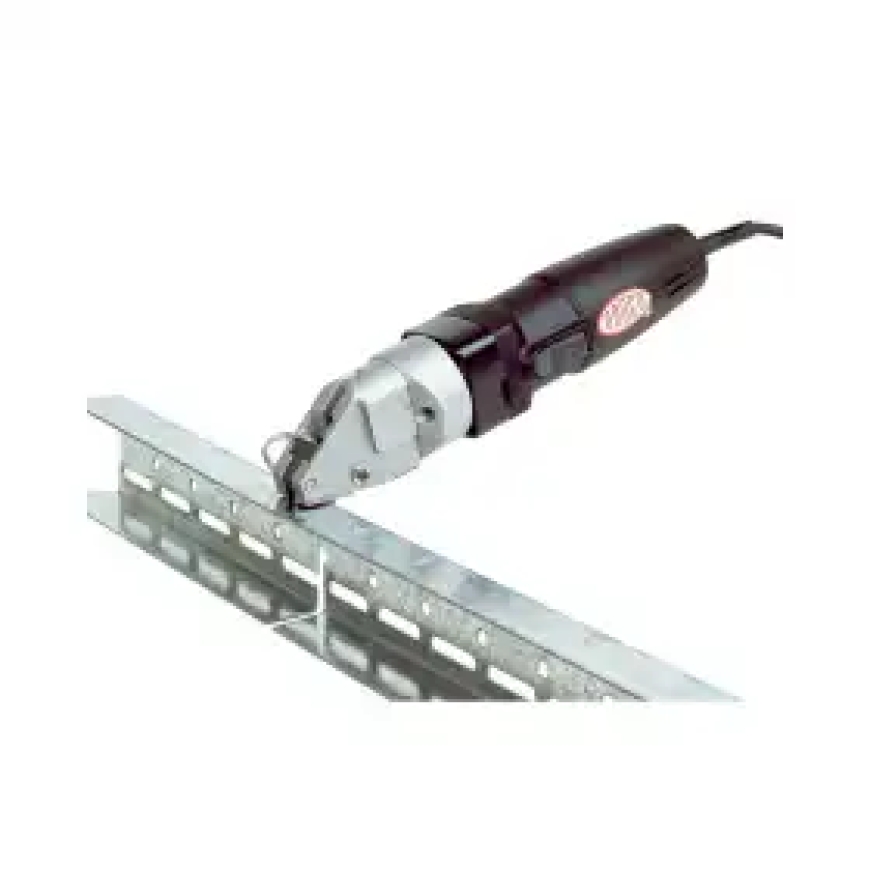Hand Seamer Tool, Roof Seamer: Essential Tips for Metal Roofing Efficiency
A hand seamer tool is essential for anyone working with sheet metal, especially in roofing applications. It is designed to bend, flatten, and shape metal seams by hand, allowing for precise adjustments and professional finishes.

A hand seamer tool is essential for anyone working with sheet metal, especially in roofing applications. It is designed to bend, flatten, and shape metal seams by hand, allowing for precise adjustments and professional finishes. This tool is widely used to create strong, weatherproof joints that withstand the elements and maintain the roof's integrity.A roof seamer, specifically designed for standing seam metal roofs, helps ensure tight and secure joints by locking seams at various angles. These tools often feature ergonomic handles and materials that prevent scratching, making the process efficient and reducing damage to the metal panels.The hand seamers ability to produce permanent, tight-fitting seams makes it a crucial tool for installation and repairs in metal roofing systems.Whether used for initial construction or maintenance, hand seamers offer both versatility and durability. They save time and effort by allowing precise bends and folds without the need for power tools, making them valuable for roofers, contractors, and metal workers alike.
Understanding Hand Seamer Tools and Roof Seamers
Hand seamers and roof seamers are essential tools in metal roofing that provide precision and durability. Each has unique characteristics designed to manipulate metal sheets, allowing for watertight seams and structural integrity in roofing projects.
Key Features and Design
Hand seamers are hand-held tools primarily made of steel or brass with ergonomic handles to improve grip and control. They are designed to bend, crimp, or lock metal panels with precision, often providing 90-degree bends or complex folds along edges.Roof seamers, in contrast, are typically electric or pneumatic machines built to form continuous seams on metal roofing panels. These machines offer consistent pressure and speed, ensuring uniform seam formation across large surfaces.Both tools prioritize precision, but hand seamers excel in manual, small-scale adjustments, while roof seamers are ideal for long runs of panel seaming.
Types of Hand Seamer Tools
There are several types of hand seamers, distinguished by size and function:
- 3-inch and 6-inch Hand Seamers:Common sizes for general bending and folding.
- Offset Hand Seamers:Designed with angled jaws to reach tight or awkward spaces.
- Single Lock Seamers:Specialized for creating precise 90-degree bends, especially useful in corners.
Each type varies in jaw shape and handle length, providing metalworkers options based on the project needs. Materials range from hardened steel to brass, affecting durability and the ability to work with different metal gauges.
Common Applications in Roofing
Hand seamers are used for tasks like folding metal edges, preparing seams before power seaming, and performing detailed adjustment work where larger equipment cannot access.Roof seamers apply to the full installation process of standing seam roofs, ensuring that all panels are securely locked and waterproofed.Together, these tools complement each other, where hand seamers handle fine adjustments or small seams, and roof seamers are deployed for large-scale production of consistent, tight seams.
Proper Usage and Maintenance
Effective use and care of hand seamers and roof seamers ensure precise seams and extend the tool's lifespan. Following safe work practices, regular maintenance, and selecting the right tool for specific metal roofing systems are crucial for optimal performance.
Safe Operating Practices
Operators should wear appropriate personal protective equipment, including gloves and eye protection, to avoid injury. The tool must be held firmly, maintaining steady pressure to avoid slipping and damaging the metal or the tool.Before use, inspect the seamer for damage or wear, especially on the jaws. Avoid forcing the tool beyond its designed capacity, which may cause faulty seams or tool damage.When using powered roof seamers, operators should disengage locking handles when reaching roof edges to prevent falls or accidents. Proper body positioning and awareness of surroundings are essential to prevent strain and accidents on elevated work surfaces.
Maintenance Guidelines
Routine cleaning after use removes metal shavings and debris that can impair function. Lubricate moving parts regularly to prevent rust and ensure smooth operation.Check alignment and jaw condition frequently; worn or misaligned jaws reduce seam quality. Replace damaged parts promptly to avoid further wear or poor results.Store seamers in a dry place to prevent corrosion. For powered seamers, inspect electrical components and cables for damage and ensure all safety guards function correctly before each use.
Choosing the Right Tool for Metal Roofing
Different roofing systems require specific seamers. For example, double lock seams need a seamer capable of completing a 180 fold, while snap-lock panels may require hand crimpers compatible with the roof seamer.Consider the size of the seamer's jaws. A common choice is the 3" hand seamer for flashing adjustments and confined spaces. Precision and control are crucial for clean bends with minimal distortion.Choosing a tool designed for the specific panel type improves speed and seam quality. This leads to efficient installations and a durable roof finish.








&srotate=0)
























